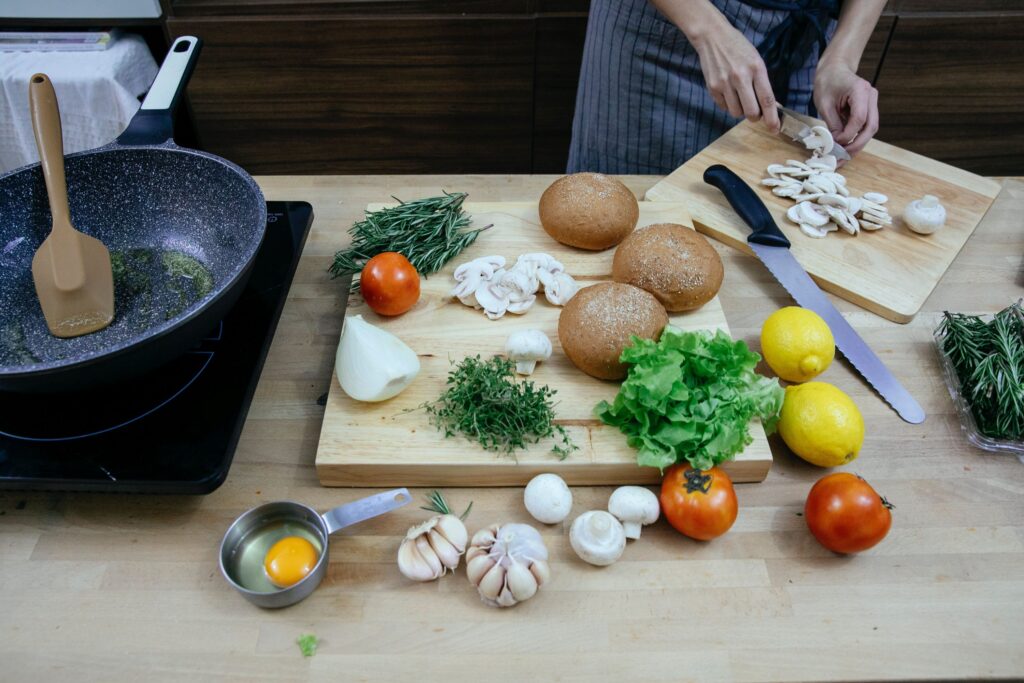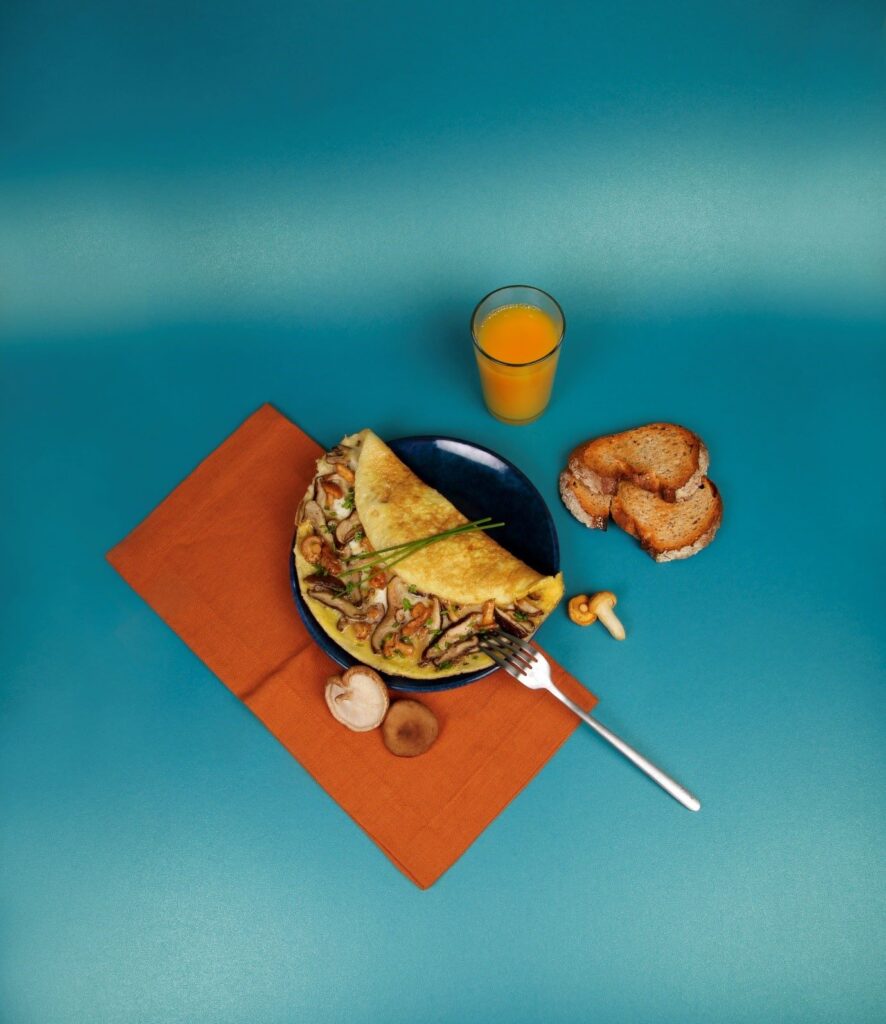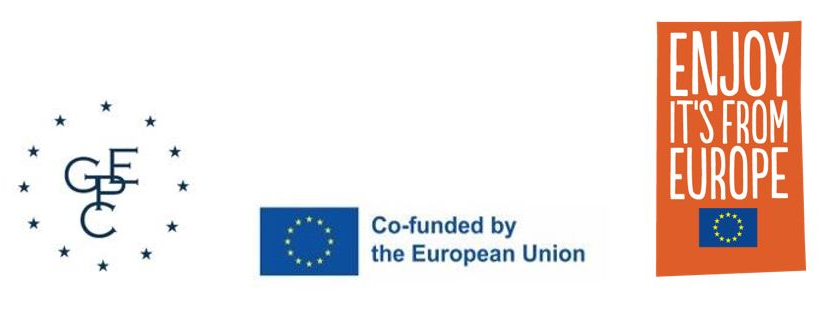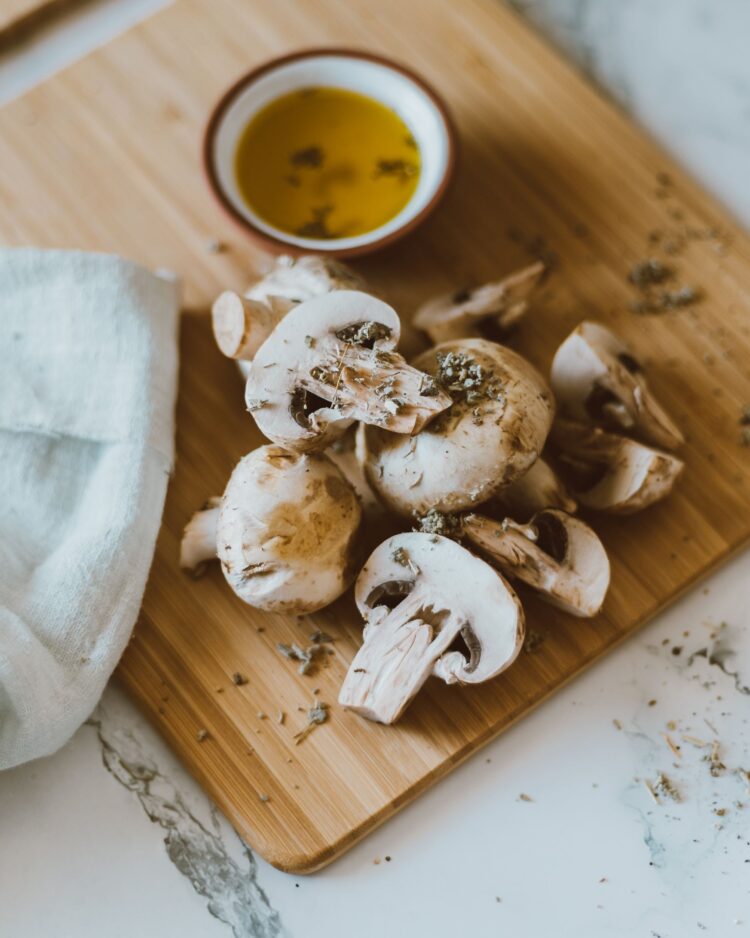For those looking for alternatives to a fully meat-based diet, prepare to be introduced to the new star of your dishes – mushrooms!
We are all looking for ways to become more sustainable. From taking small actions like abandoning plastic straws in favour of metal or paper alternatives, moving towards electric alternatives or abandoning vehicles altogether and using bikes or public transport, there are plenty of ways to live a more sustainable lifestyle.
But, can this thought process also extend to our diets?
The short answer is yes! When people think of eating sustainably their thoughts tend to stray towards overall diets, such as adopting a vegan or vegetarian lifestyle, but you don’t have to fully abandon meat to eat more sustainably.
Better value. Better nutritionally. Better environmentally.
There are changing mindsets when it comes to shopping more responsibly, including the trend towards adopting flexitarian diets. Mushrooms are a unique, versatile and affordable shopping basket staple and almost unrivalled when it comes to sustainability.
No matter where you are in the world, it’s likely that your food travelled some distance before it reached you. Mushrooms are unique in that they’re locally grown close to the market 12 months of the year. This means mushrooms never have too far to travel before they end up on your plate. Here’s what makes mushrooms miles better:
Sustainable Cred
Did you know that mushrooms are one of the most sustainable foods you can eat? Mushrooms are a sustainable choice with one of the lowest carbon footprints of any food, with little to no greenhouse gas emissions. They grow abundantly in Europe and they thrive in cool, damp climates.
The mighty mushroom is an inherent zero-waste food, resourcefully cultivated from raw materials with a fascinating production process. Grown with nothing added and in the absence of sunlight, mushrooms don’t rely on the seasons. They only need a fraction of the water required for other foods, and sustain a low energy footprint, requiring just a small amount of land to grow. Sourcing local European mushrooms means consuming fresher food that has travelled fewer miles.
Growing Cycle
Mushrooms themselves are inherently sustainable. They’re also grown using a circular economy that naturally recycles from the outset, making these sustainability credentials even stronger.
Mushroom producers have been vertically farming for decades, and thus have a smaller land footprint than other crops. As vertical farms are controlled environments, all resources required to produce the mushrooms can be determined to minimise waste and maximise efficiency.

Materials and Energy
The process of using sustainable raw materials runs throughout the mushroom growing cycle. From the cradle-to-gate, the environmental impacts of mushroom production are much lower than other produce sources. Using by-products of other agri industries such as manure or straw for the beds of composted materials, the maximum value is extracted to recover and regenerate new products. Once the mushrooms have been harvested, the waste substrate is then often repurposed as a soil conditioner.
Mushroom farms adopt the most energy-efficient heating, cooling and lighting systems possible. Operating in highly controlled environments, energy and water are managed using the latest control systems designed to maintain optimum growing conditions and ensure efficiency throughout.
No Waste Heroes
These mighty mushrooms are no-waste heroes! From cap to stalk, the entire mushroom is edible, helping us all do our bit for the environment whilst making mealtimes even tastier.
Meat Alternative
Mushrooms are kind on the planet and your wallet. They’re one of the most sustainable food sources you can eat in Europe and so delicious. Additionally, mushrooms are easy to prepare and a cheap substitute for meat.
By choosing mushrooms as part of your diet, you’re making a positive impact on the environment. So, let’s celebrate the sustainability of this delicious and versatile ingredient! We all want to do our bit for the planet, so why not opt for mushrooms today? Miles better for you and the environment. For the freshest and least travelled mushrooms as well as for mealtimes that won’t cost the earth – pick up a pack of European mushrooms from your local supermarket.
Recipe: Creamy Mushroom Omelette with Mozzarella

Ingredients:
6 eggs
300 g mixed shiitakes and chanterelles
250 g mozzarella
1 clove of garlic
1/2 glass of dry white wine
2 tbsp of extra-virgin olive oil
1 knob of butter
Nutmeg to taste
Chives to taste
Salt to taste
Method:
- To prepare the mushroom omelette, first clean and slice the mushrooms lengthwise, then sauté in a pan for 5 minutes with the garlic clove and plenty of oil, then deglaze with the white wine and let it evaporate.
- Meanwhile, cut the mozzarella into thin strips.
- In a bowl, break and beat the eggs with a fork, adding a pinch of salt and nutmeg in order for the yolks to break up and coarsely combine with the egg whites so that the omelette doesn’t swell too much when cooked.
- Melt a knob of butter in a pan. When it’s liquid, add a quarter of the beaten eggs and cook over medium-low heat for two minutes.
- Pour a quarter of your mushrooms and a quarter of the mozzarella into the centre of the omelette.
- Leave to cook for a further 3 minutes on a low heat, then repeat the operation for the remaining 3 omelette portions.
- Sprinkle with chopped chives et voilà!
Visit europeanmushrooms.eu for more details.
Disclaimer: Funded by the European Union. Views and opinions expressed are however those of the author(s) only and do not necessarily reflect those of the European Union or the European Research Executive Agency (REA). Neither the European Union nor the granting authority can be held responsible for them.









